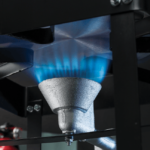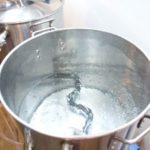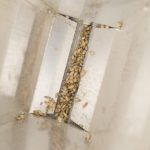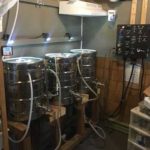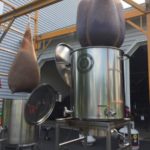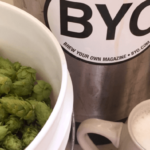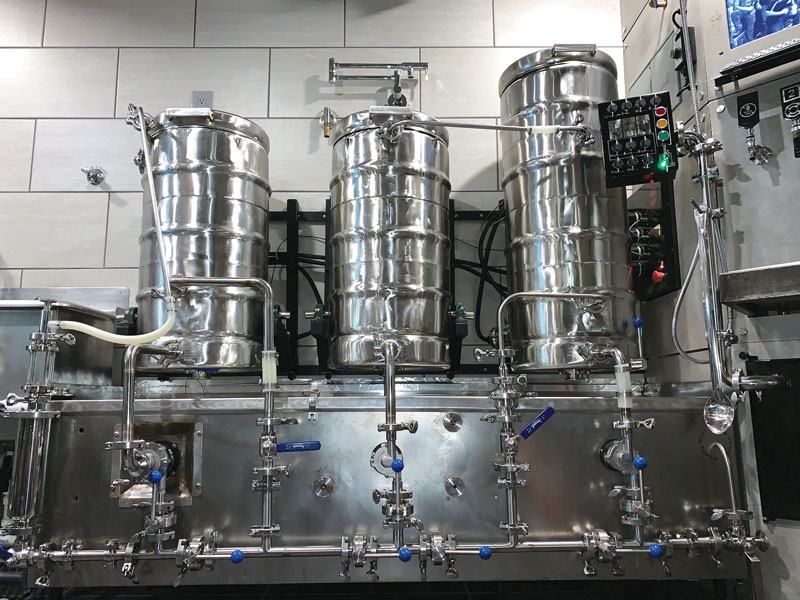Topic: Equipment
Bring the Heat
There are many factors to consider when deciding between propane, natural gas, and electricity as a heat source for your homebrew. John Blichmann walks us through those considerations, plus the pros and cons of each.
Stainless Steel Care: Tips From the Pros
Stainless steel may cost more than aluminum, but there are many reasons why it is used in both commercial breweries and homebreweries. If you’re investing in stainless, it means you should make sure you are treating it correctly. Learn from two professionals who know what it takes to properly care for stainless steel equipment.
Rib Cage Wort Chiller
This interleaved dual-coil design separates the coils, so each coil has maximum contact area with the hot wort.
Malt Mills
Grain mills all serve the same general purpose, but each rely on unique features and materials to get the job done. We compare 10 homebrew mills on the market so you can find the mill that best suits your needs.
Homebrew Drool Systems – Fully electric, bottom-drained, HERMS system
Joel Simard • Gatineau, Québec My brewing system is a fully electric bottom-drained, single-tier HERMS system. Both the hot liquor tank and the kettle are each fitted with a 5500 watt water
Pipe Fermenter
This DIY fermenter made from a pipe is meant to simulate the high hydrostatic pressure of a commercial brewery’s cylindroconical fermenter.
Big Batch BIAB
Think brew-in-a-bag (BIAB) is just for small stovetop brewdays? Think again. Here is the equipment and other considerations to brew mega BIAB batches.
Wort Chilling
Homebrewers need to chill there wort after the boil, but there is no correct way. Learn the pros and cons of various methods of wort chilling along with the different techniques to chill the wort down to yeast-pitching temperatures.
RIMS and HERMS
Because our batch sizes are typically small compared to commercial brews, one problem many all-grain homebrewers have is maintaining their mash temperature. Ideally, mash temperature should remain relatively constant throughout each rest.
Calibration and Conclusion
Homebrewers have a variety of tools at their disposal — including hydrometers, thermometers and pH meters — to measure important variables during the brew day. It is important that these be calibrated, so
Stainless Steel Care for Beginners
With qualities that prevent it from rusting, stainless steel is highly regarded and often used in every facet of homebrewing — from stainless kettles with stainless immersion coolers, to hot liquor tanks, mash
Outdoor Ventilation Fan
If you are put off by the loud noise of a ventilation fan in your basement brewery, install the fan outside the basement and brew in peace.
